UI Automation Testing with Headless Chrome
Kevin C Chen @ 2018 SDET Summit
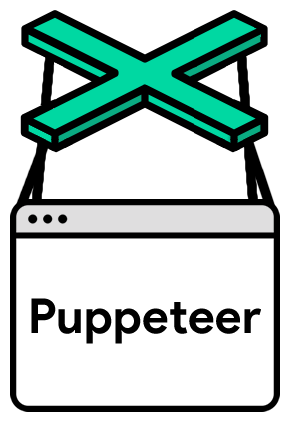


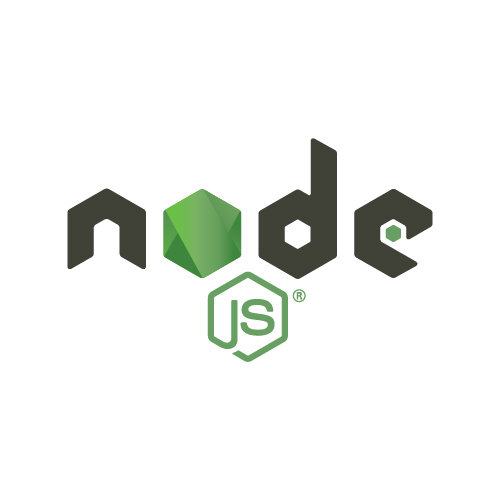
Streamlines DevOps
Testing Workflow
Makes Testing an Enjoyable Exp

https://devopscube.com/what-is-devops-what-does-it-really-mean/
Test features work from the user’s perspective
via Web UI
Challenges
Complex Deployment & Setup
Flaky Vs. Robustness
Lengthy test runs
Cost of upkeeping / tuning with sleep(), wait()
image source: https://cdn.edureka.co/blog/wp-content/uploads/2017/05/Selenium-blog-1.gif
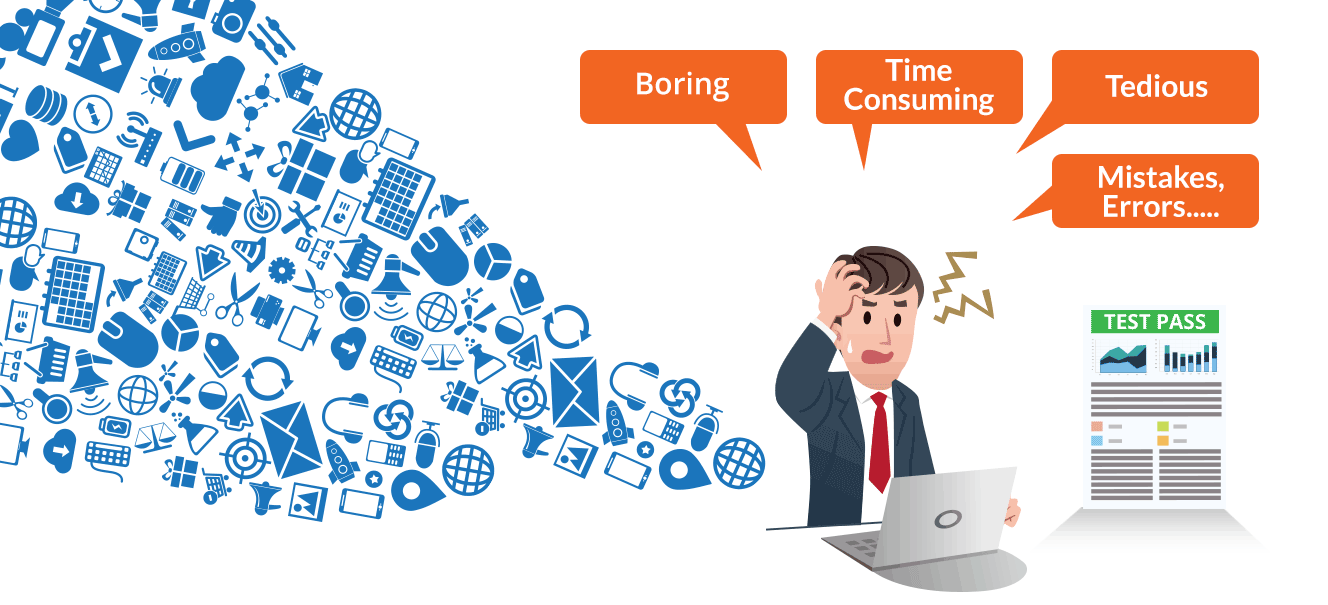
Goals
- Painless to setup, zero configuration, no server
-
No need to learn another proprietary tool that talks to browser
- Instrument browser directly with its native API
- Can run both in headless mode in CI/CD pipeline or interactive mode with browser
- Access to browser DevTools features
Headless Browser
=
Chrome without Chrome
What is Headless Chrome?
- A way to run the Chrome browser in a headless environment
- It brings all modern web platform features provided by Chromium and the Blink rendering engine to the command line
- A great tool for automated testing and server environments where a visible UI shell is not needed
TL;DR
Why Headless Chrome?
-
Stays up to date with the web
-
Runs fast without actual browser UI
- Test all modern features (ES6 / CSS / HTML)
streams, css grid, push notification, service worker...
- Programmatic access to DevTools
network throttling, device emulation, code coverage...
What can Headless Chrome do?
- Pre-rendering JS sites / server sider rendering static markup
- Validate lazy loading with Code Coverage
- A/B Testing e.g. Stylesheets Vs Inline critical styles
- Catch issues for the Google crawler to determine if your app might not render correctly in Google search
- Create custom PDF
- Crawl a Single Page Application
- Verify service worker offline caching
- Make your browser talk (headful)
- Test a Chrome extension (headful)
- Control keyboard event
Demo Test Run

What is Puppeteer?
- A Node Library open sourced by Google (Chrome DevTools team)
- Provides a high-level API to control headless (or full) Chrome or Chromium over the DevTools Protocol
-
Bundles with latest Chromium: Zero configuration
-
Canonical reference for the Chrome DevTools protocol
- Almost zero performance overhead over an automated page
https://www.youtube.com/embed/lhZOFUY1weo?enablejsapi=1
What can Puppeteer do?
- Most things that you can do manually in the browser!
- Built for Automation
- JS async/await for asynchronous things to avoid arbitrary wait times
- Works for both traditional JSP UI & modern React UI (API based)

https://pptr.dev/#?product=Puppeteer&version=v1.9.0&show=api-overview
How do we perform UI tests?
- Jest - JavaScript Test Framework by Facebook
- testing structure
- assertions functions
- mocks, spies
- display test result, code coverage reports
- Parallelizes test runs across test suites to maximize performance

https://www.youtube.com/embed/lhZOFUY1weo?enablejsapi=1
Test Walkthrough


CI/CD with Docker Container
- Self-contained image that can run on Jenkins CI pipeline
- Installation of Chromium can be part of npm dependencies or with a separate download within the container
- An on demand regression test run
- Run before PR merge with UI changes


Alternatives
- We had Selenium already, why bother?
- slow, brittle, and costly
- lot of configuration and unexpected behaviour
-
But Selenium sometimes makes more sense
- If our UI has a lot of device or browser specific code, we may still want Selenium
- If our UI has a lot of device or browser specific code, we may still want Selenium
- WebDriver and ChromeDriver
-
Cypress
- Trade-offs
Bigger Questions
- How do we test our UI today?
- What is our automation coverage for UI test?
- A step back: How many UI to test?
- What is our test strategy to ensure we deliver a good user experience?
Testing from the user’s perspective
- Time to interactive (TTI) - how long it takes for app to load and become capable of quickly responding to user interactions
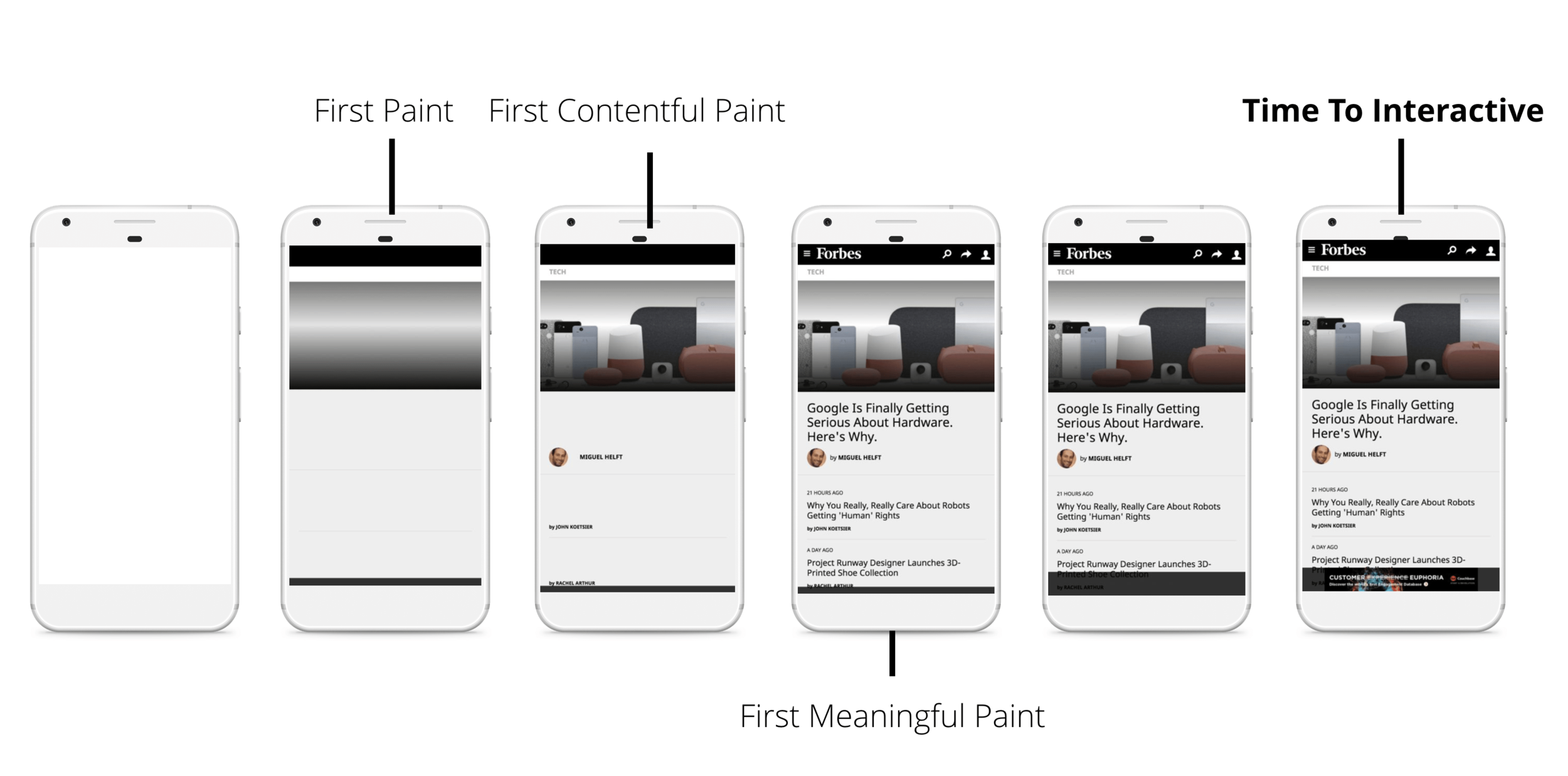
User Perceived Performance?
https://developers.google.com/web/fundamentals/performance/rail
User having to wait for the browser to respond to an event. Amount of pain is directly proportional to the time user waits
-
First Input Delay (FID) - measures the delay that users experience when they interact with the page while it's not yet interactive
User Perceived Pain?
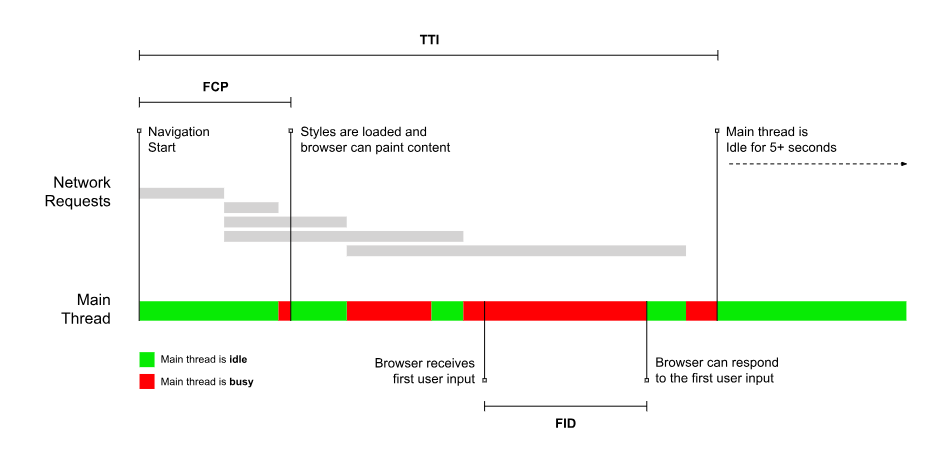
https://developers.google.com/web/updates/2018/05/first-input-delay
RAIL - User-centric Performance Model
https://developers.google.com/web/fundamentals/performance/rail

produce a frame < 10ms
process events
< 50ms
maximize
Time To Interactive
< 5s
How to Measure: Lighthouse
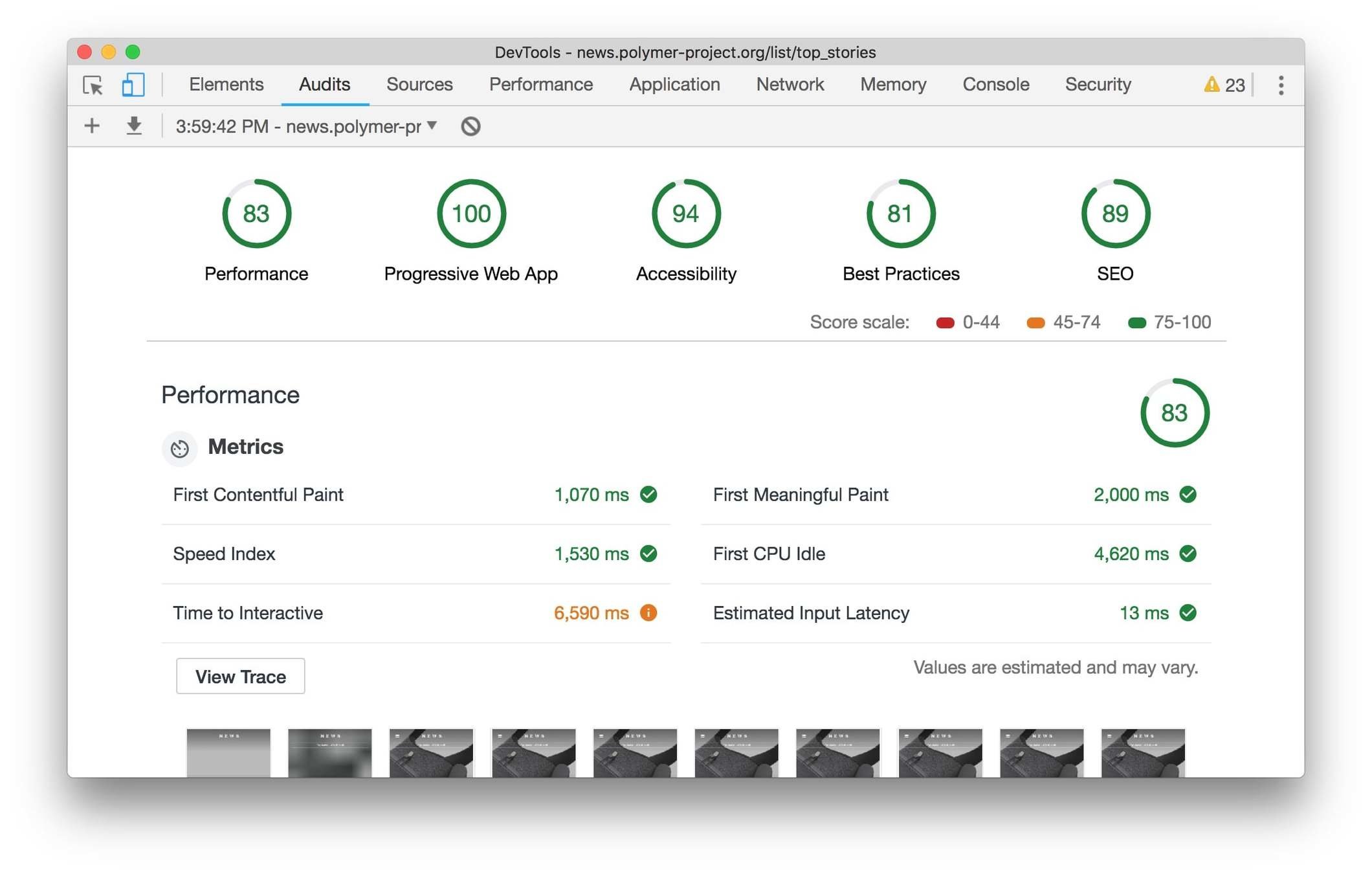
- Headless Browser
- How to automate with Puppeteer
- How to build UI automation test suite with Jest
- CI/CD integration with Docker container
- Alternative approaches
- UI testing strategy and considerations
What We've Learnt

References
- Puppeteer
- Jest
- Diagrams based on this repo